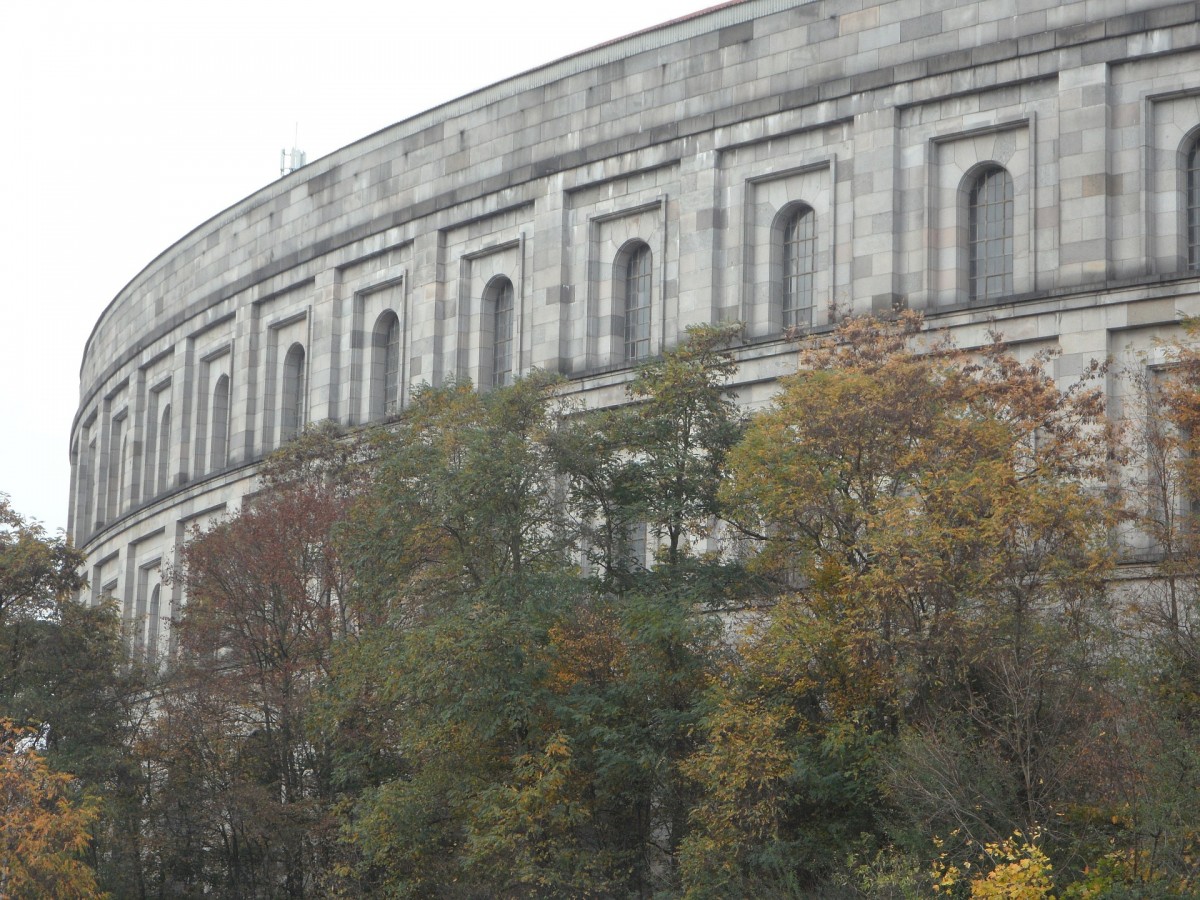The city of Nuremberg has opted to conserve the infamous Nazi party rally grounds after decades of debate over whether to preserve the site.
The rally grounds, now crumbling, were largely designed by Hitler’s chief architect Albert Speer and includes the massive Zeppelin grandstand where from 1933 to 1938 Hitler delivered racist tirades to half a million party faithful who gathered there every September.
“This is where it all began: the destruction, the exclusion and in the end, the Holocaust” in which the Nazis slaughtered six million European Jews, Julia Lehner, the southern city’s chief culture official, told AFP.
It comes amid preparations to mark the 75th anniversary of the post-war trials of Adolf Hitler’s top henchmen. After two decades of debate, the city will restore the site by 2025.
The never completed classical Congress Hall is the second-largest Nazi-era building still standing, after the Prora recreation complex on the Baltic Sea.
The 85-million-euro cost-shared by the city, the state of Bavaria, and the federal government and will serve to prevent further structural erosion of the buildings.
The field will be converted into a park and signs will explain the history and significance of each building. Zeppelin Field with its stone bleachers opposite the grandstand was long used as sporting grounds for US soldiers and later rock concerts by the likes of Bob Dylan.
It’s about “making the stones speak”, says Lehner. “By telling their history and always insisting that it cannot be allowed to happen again”.
“The buildings that still exist today are a document of the National Socialist era,” says Florian Dierl, Director of the Documentation Centre Party Rally Grounds.
“This means that, as architectural artefacts, they represent the ideal image that the National Socialist regime had of the Third Reich.”
Nuremberg’s Jewish community has embraced the plans, with the president saying it’s good to remind people about the totalitarian ideology the buildings incarnate.
The Congress Hall is closed to the public too with its ground floor acting as a warehouse for the small huts that make up Nuremberg’s world-famous Christmas market. Congress Hall is slated to eventually become a home to artists’ studios.
Since 2001, a documentation centre on the sidelines of the grounds serves to provide historical context.
The question of what to do with these painful relics has troubled Nuremberg for decades. Now they become a living monument with a lasting message: never again.
euronews.com
pixabay


















